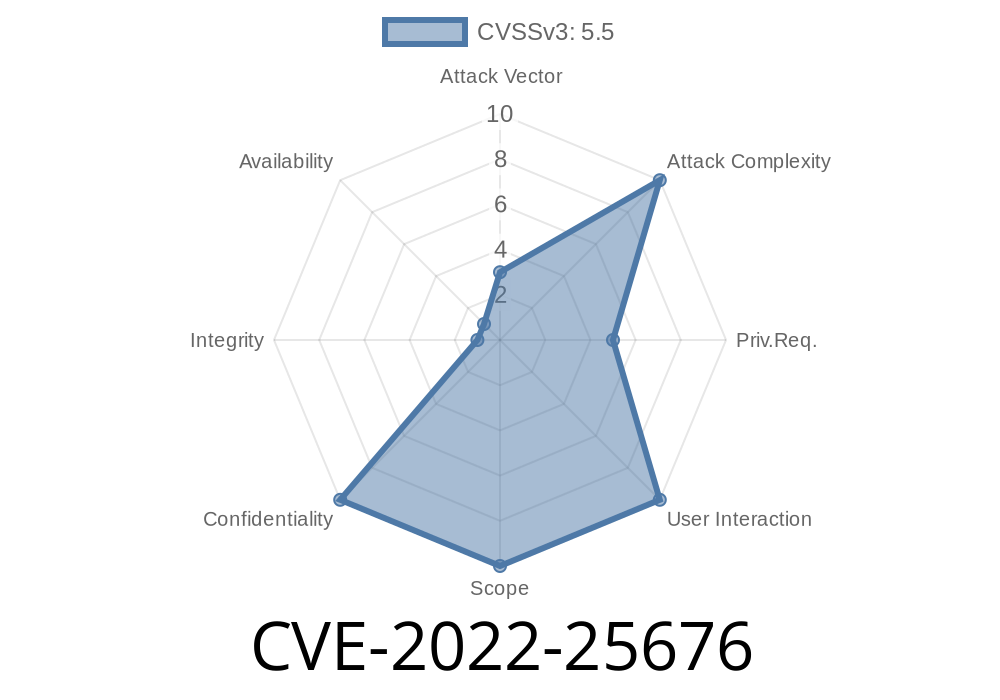In this article, we are going to discuss a newly discovered vulnerability (CVE-2022-25676) identified in various Qualcomm Snapdragon platforms. This vulnerability allows an attacker to exploit a buffer over-read in the video parser which could lead to information disclosure. We will go through proper background knowledge on the platforms affected, the code snippet where the vulnerability lies, how to exploit this vulnerability, and link to the original references.
Background
Qualcomm Snapdragon platforms are widely used in various electronic devices, including smartphones, IoT devices, automotive systems, and wearables. Recently, a vulnerability, designated as CVE-2022-25676, has been identified in these platforms, which put millions of devices running on these platforms at risk. The vulnerability affects the following platforms:
Snapdragon Wearables
The vulnerability occurs while parsing AVI (Audio Video Interleave) files, which could lead to buffer over-read, ultimately resulting in information disclosure.
Vulnerability Details
The issue lies in the video parser component, which is responsible for parsing AVI files, a common multimedia container format. While reading data from the AVI file, the parser fails to properly handle a boundary condition, causing a buffer over-read.
Here's the code snippet where the vulnerability occurs
int parse_avi_file(...) {
...
for (i = ; i < num_chunks; i++) {
...
read_data(buffer, CHUNK_SIZE); // Reading chunk data to buffer
if (!is_valid_chunk(buffer, CHUNK_SIZE)) {
continue; // Not a valid chunk, skip
}
process_chunk(buffer); // Process chunk data
}
...
}
The lack of proper boundary checking while reading the chunk data can cause it to over-read the buffer, leading to information disclosure.
Exploiting the Vulnerability
For a threat actor to exploit the vulnerability, they would need to craft a malicious AVI file containing an unusually large chunk that triggers a buffer over-read. The attacker then convinces the victim to download or access the malicious file through a file sharing network, email attachment, or a website hosting the file.
Once the victim opens this AVI file on a vulnerable Snapdragon device, the video parser would read the malformed chunk data, resulting in a buffer over-read. The attacker could use this information disclosure exploit for further attacks, including device tracking, user identification, or advanced attacks to gain full control of the target device.
For further technical details on exploiting the vulnerability and PoC code, follow the link to the NVD advisory: CVE-2022-25676
Conclusion
Qualcomm has acknowledged the vulnerability and has already released patches to fix the issue. They recommend that manufacturers of devices using affected Snapdragon platforms should apply the fixes as soon as possible.
It's crucial to always keep your devices updated with the latest software releases and apply security patches when they become available. Additionally, exercise caution when opening files from unknown sources, and avoid downloading media files from untrusted websites to protect against known and unknown vulnerabilities.
References
- CVE-2022-25676 - National Vulnerability Database
- Qualcomm Product Security Bulletin
Timeline
Published on: 11/15/2022 10:15:00 UTC
Last modified on: 04/19/2023 17:10:00 UTC
